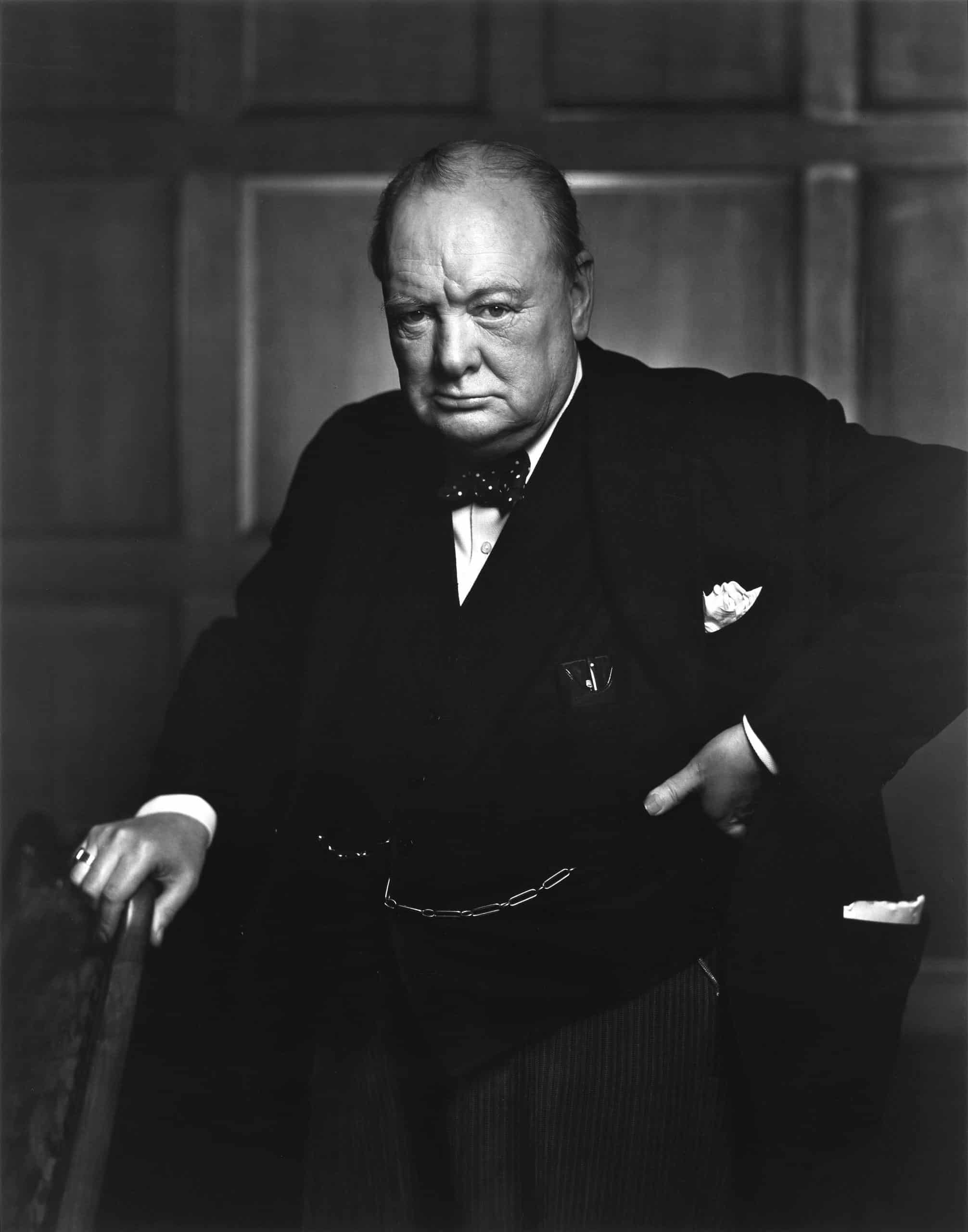Marketing tools emanate from a variety of sources, but only white papers can trace their history back to one of history’s most consequential figures.
During the 1920s, the United Kingdom faced some tricky political issues in the Middle East. Then a Member of Parliament, Winston Churchill asked his staffers to develop a paper exploring the implications of a policy he wanted the government to adopt. It triggered a trend of similar reports summarizing policy issues and providing recommendations. The reports came to be known as white papers.
Today, we think of white papers as in-depth reports exploring a complex issue to educate a specific audience. In marketing, white papers are used to ensure readers understand the issue well enough to make a decision. Papers typically present the marketer’s product, service, or strategy as the logical solution.
If your company offers products or services that are complicated, innovative, or significantly different from those of your competitors, creating a white paper may be one of the most effective ways to convince people you’re the right choice.
Even in an age of overwhelming resources, customers and prospects are hungry for authoritative, well-organized information. Their time is limited, so they appreciate practical guidance that’s focused on their specific needs. And while many brush off traditional advertising or sales pitches, studies show nearly 80 percent of business-to-business decision-makers share white papers with their colleagues. That’s critical, because purchase decisions usually involve several individuals.
White papers aren’t supposed to be fancy. Most are simply set up to look like magazine articles with fewer pictures, with straightforward headlines and paragraph headings guiding readers to the information they need. Instead of beautiful images of your product, white papers typically include relevant graphs or tables.
In fact, the biggest mistake companies make when creating white papers is designing them to be overtly promotional. A far more effective and convincing approach focusing on facts. Of course, you get to select which facts you’ll present. If your veeblefetzer uses the cross-cutting process to core radishes, instead of the spiral-coring method 90 percent of your competitors choose, your white paper can focus on the many engineering advantages of cross-cutting.
While product brochures might use a headline such as “Process three times as many radishes with our veeblefetzers,” that will repel someone looking for more objective information. White paper headlines should be more informational, like “Evaluating processing alternatives for radish production” or “Cross-cutting and spiral-coring: an engineering comparison.”
How long should white papers be? Long enough to cover what’s important. Typically, that works out to 6 to 8 pages, or between 1500 and 2000 words. Don’t try to stretch it out, because quality is far more important than quantity.
Start with a short section describing your customers’ problem or challenge. This kind of opening builds a bond with readers, as they see you have a solid understanding of the situation.
Next, the paper can explore the different types of solutions that have been developed in response to the problem or challenge. Examine the advantages and disadvantages of each of those solutions. Ideally, the product or service you offer will reflect the most advantageous approach.
Close with a brief section talking about your product or service, and an even briefer sketch of your company. Resist the temptation to get into a lengthy discourse about what makes your product or service superior. If the readers have a good understanding of the facts, along with the advantages and disadvantages of the various solutions, they’ll reach the right conclusion.
Assigning the responsibility of creating white papers to your technical team is rarely the best solution. Even people who can write well may not be able to articulate key messages in the most coherent, convincing ways.
That’s why many companies outsource the process to professional writers. In addition to creating a higher-quality product, outside writers must develop a thorough understanding before presenting it to the outside world, so they’ll ask questions you and your team may not have considered. Those may be the same questions your prospective customers might ask, so they can help you shape the most impactful messages.
